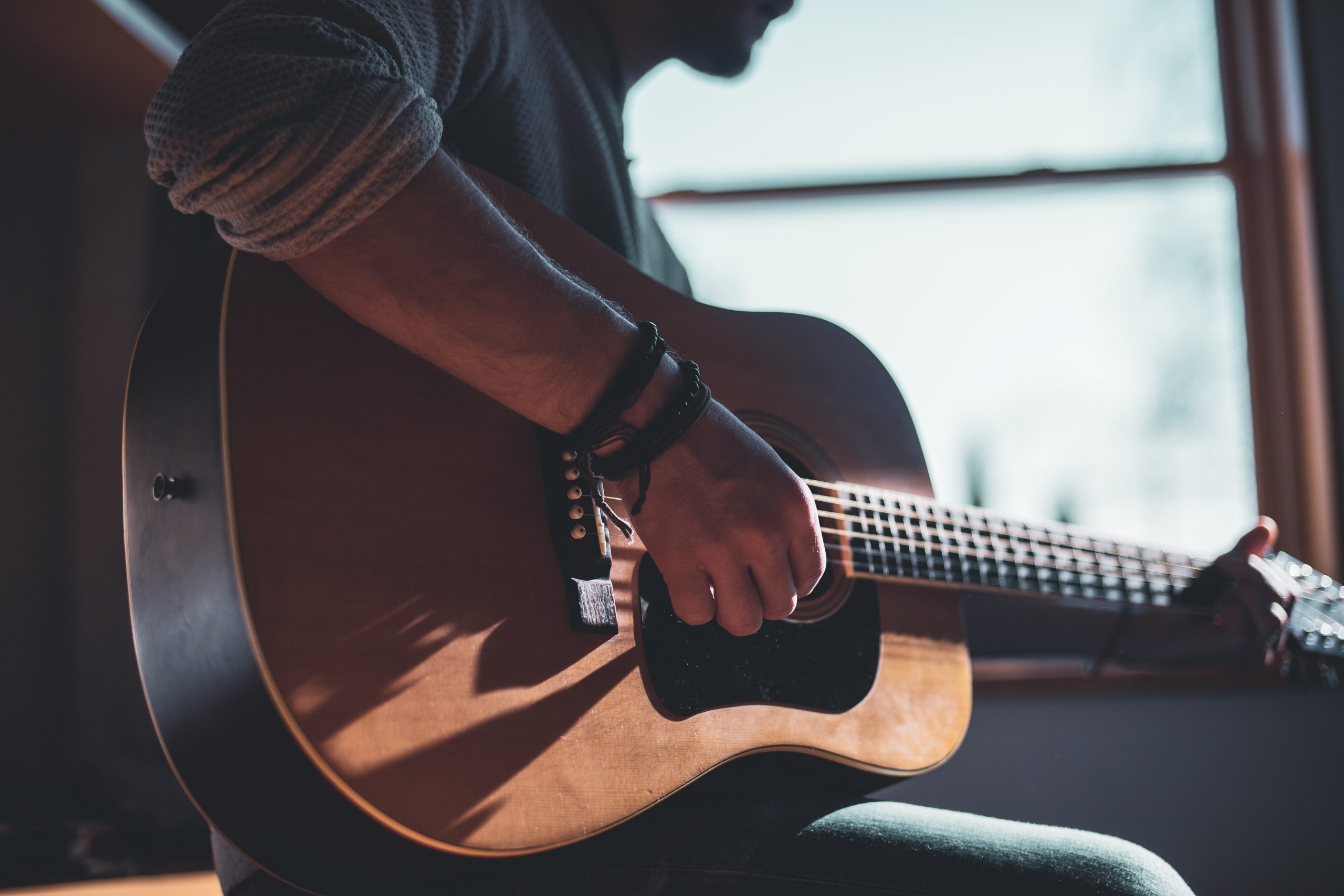The Guitar is one of the most popular instruments all around the world, among musicians and players, and even listeners, thankful to either its ease to begin, the warm sound, or for the mere fact that it is used in more than half of the music that’s been created in the past few decades. It is widely applicable to all kinds of music, whatever the genre is.

With a body and a neck (or multiple necks), a guitar is a string instrument often having 6 or more strings made of metal, nylon, or animal guts. The sound is mainly produced by strumming or plucking the strings using one’s fingers or a pick, but sometimes the body or the strings are used for percussion, by tapping and other such techniques.
A variety of guitars exist. Mainly of two categories: acoustic and electric. The Electric guitars need to be plugged into amplifiers to get the desired sound, while an acoustic guitar sound is amplified by its hollow body. When it comes to acoustic guitars there’s a plethora of kinds of guitars, starting from the classical and flamenco guitars known by all to the old baroque, steel, bass, 7 stringed Guitars, 12 stringed Guitar all the way up to 49 stringed guitars.

The Arabic Oud is the oldest instrument in the line of the history of the guitar which has big resemblances to the modern day guitar. Oud has no frets, enabling them to play half flats (quarter a note below the notes) which are very unique to Arabic Music. This was brought to Europe with the Umayyad Caliphate invading Spain. After being brought to Spain, Oud soon became a beloved instrument to the Iberians. Gut strings were tied across the neck as frets, which fixed the instrument to the western tonal system of 12 notes. This evolved into the Renaissance Lute in the 15– 16 centuries, which gained popularity throughout Europe.
Lute further evolved into Vihuela, which took an hourglass shaped body, resembling much of the shape of the modern guitar. This was the most important step in the evolution of guitar. With further modifications, with a larger body and almost the same tuning as in modern guitar, the Baroque guitar was invented. Up until this point the frets were movable, which meant tuning selective notes could be prioritized while some were out of tune. By replacing the movable frets with fixed metal frets, with an even larger body, in 19th century the Classical Guitar was born. Due to the fixed metal frets the notes were equally slightly out of tune. Later modifications to the body structure led to the modern guitar. In 1930s to 50s after modifications such as getting rid of the hollow body, adding electronic amplification, the Electric Guitar was born.
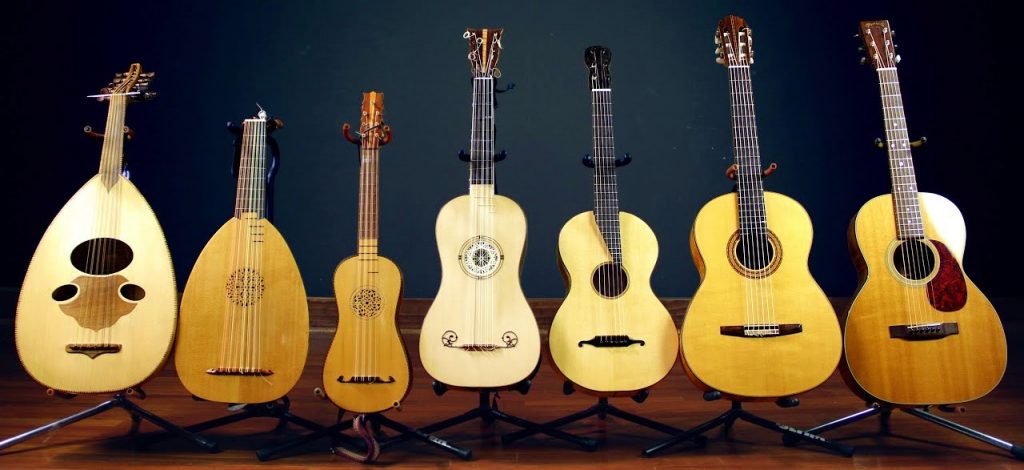
History of guitar: (From left to right) Arabic Oud, Renaissance Lute, Vihuela, Baroque Guitar, 19th Century Guitar, Classical Guitar, Modern Acoustic guitar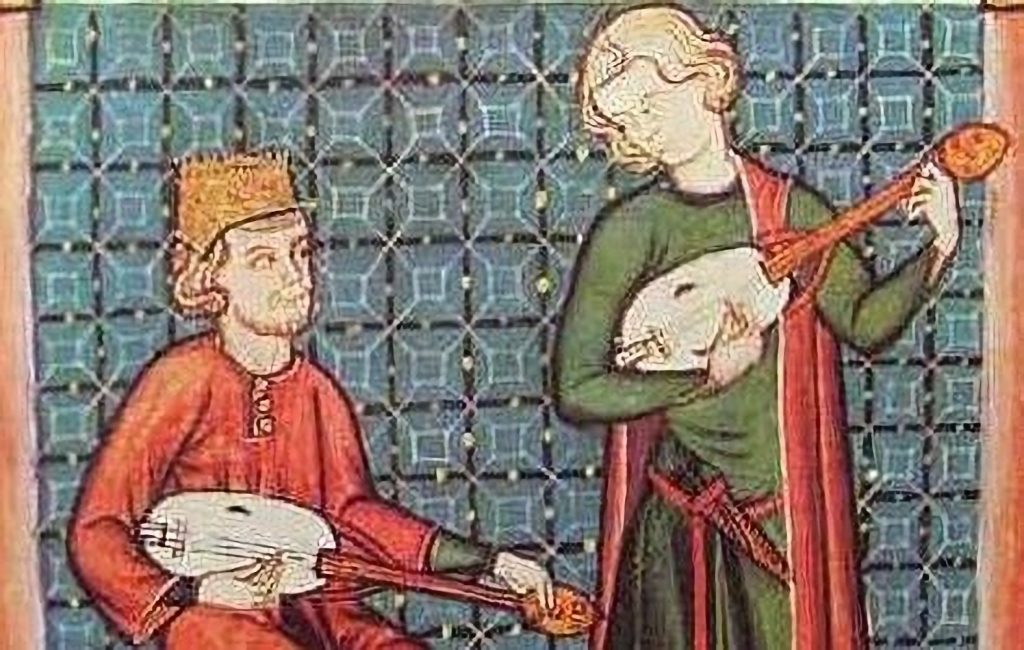
An illustration of two lutenists on Cantigas de Santa Maria, a collection of canticles written in Old Portuguese between 1221 – 1284
Les Paul, the inventor of solid body electric guitar, with his invention. The body of the guitar is detachable, and only present for the sake of appearance.
There’s a variety of techniques involved in playing the guitar. By Ludwig van Beethoven’s own words, “The instrument is an orchestra by itself.” The earlier compositions written for Oud and Lute is played with a pick, hence plucking one string at a time or playing chords was the most common. Afterwards Polyphony, playing multiple melodies on one another was developed. Vihuela and the Baroque guitar gave rise to the classical guitar music as we know of today. The sudden rises, sudden falls followed by a peaceful melody, using the percussive techniques of playing, banging the body of the guitar, these are techniques prominent in this style of music. Due to this loud nature, this style was often called “Música Ruidosa”, which translated to “ridiculous music”. Due to the difficulty of composing without a proficiency in instrument, as well as not matching with orchestras, classical music repertoire has been mostly written by classical guitarists and not by well renowned composers such as Johann Bach or Amadeus Mozart. Niccoló Paganini is an exception, having written a few pieces especially for the guitar. After the birth of modern guitar due to the rapidly rising demand for guitar music, much less complex songs were appearing. Afterwards different styles such as jazz and pop emerged. With evolution into Electric guitars and with the rise of rock as a genre, a brand new style of playing was born. This includes a number of techniques that were made possible by electronic amplification. Usage of a wide array of electronic effects such as reverb, distortion and added overdrive came to stage with new effects units. These sounds play a massive role in today’s songs.

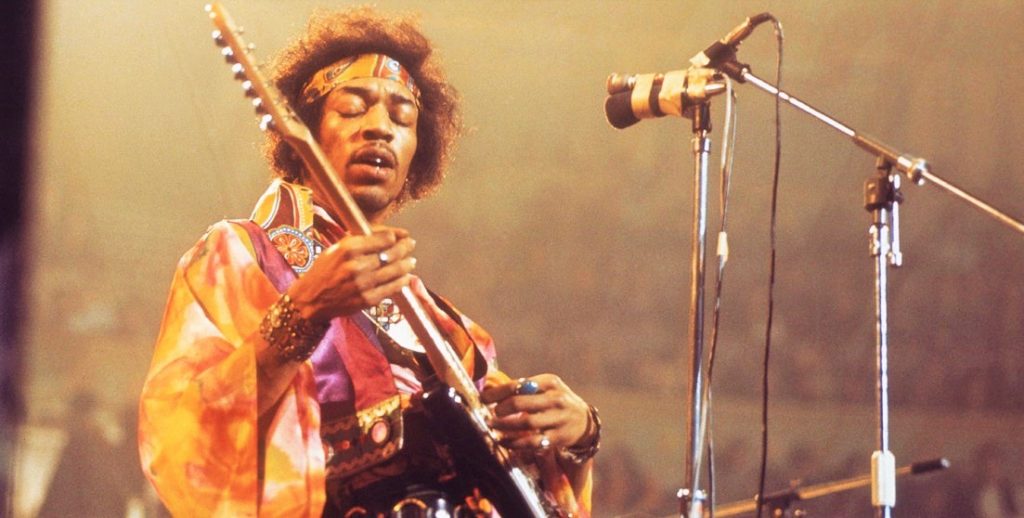
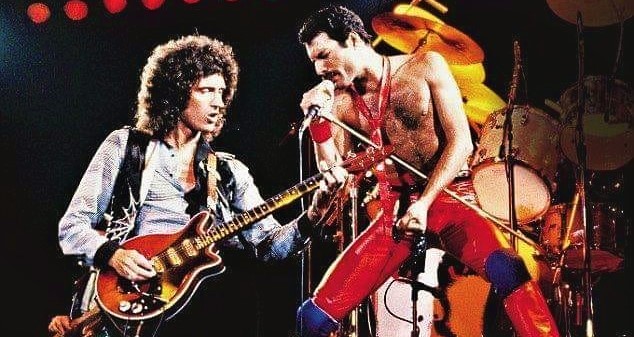
Guitar is very popular amongst beginners due to the absolute ease of learning the basics. To begin playing, one only needs to know few of the chord shapes, and very little about music. One can learn by themselves and after only few days of mild practice, play a song. After few months of practice, they can play a ridiculously large number of songs. This is due to the ability of playing the guitar as a harmonic instrument, as well as hundreds if not thousands of songs of modern mainstream music having similar chord structures. But as easy as the basics are, it is hard to master this instrument. Even playing the finger style or tap style is much more difficult than playing chords of the harmony on the guitar. Styles such as flamenco require immense proficiency, and years of intense practice. Even when the electric guitars depend heavily on electronic effects, playing solos and riffs require a lot of a skill.
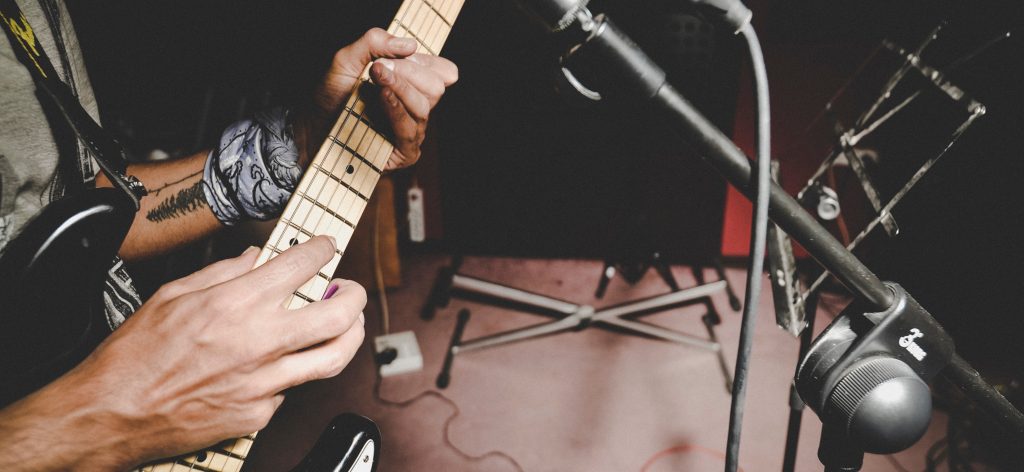
However, over the past two decades, popularity and usage of electronically synthesized music has risen. Instruments such as the bass guitar and drums have been almost replaced by electronic synthesizers. But due to the complicated sound, synthesizers have not been able to imitate the guitar perfectly. Although with the improvement of technology, modern synthesizers might sound similar to a non-musician’s ear. So, does this mean the guitar would be soon replaced? One day it will. But in the recent past years, there’s been a rise in playing guitar, as well as using it on music. So that day won’t be anytime soon.
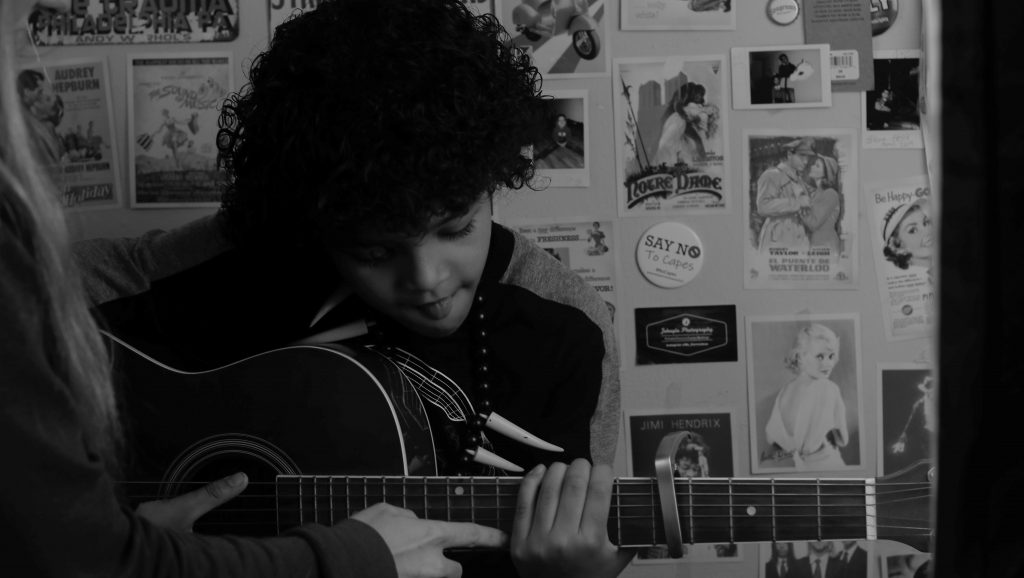
Written by: Rtr. Yasith Silva
Edited by: Rtr. Abinaya Sritharan
